Autism: Facial Expressions and Interactions
Autism and Understanding Facial Expressions
This blog was prompted after I read this research paper. When you are a teacher or parent of autistic children, you have a really important role in their lives, you are in a position with responsibility to carry out a task that can impact their wellbeing for life. How often do we question our ability to do this? I don’t mean write a lesson plan. I mean educate a child who processes the world differently to you.
Negotiating a complex neurotypical society
One of the strengths of a great special needs teacher is being able to form a bond with all the children you work with, this pays dividends everyday as we negotiate the barriers and hurdles a complex sociaety that doesnt always understand or accept autistic people as they should. Navigating the rules each different community throws at us is difficult enough. It is possible to support our children by looking at how we interact with others, for example I have to rehearse what I am going to say when interacting with unfamiliar people, I have to steel myself to attempt things I am unfamiliar with. Other people’s reactions to situations are often a mystery to me, even people I know well.

Communciation and interactions: Double Empathy Probelm
So the article got me thinking about when I enter a classroom, often called in response to a behavioural incident I will be very aware of my body language and facial expression as this can have a huge impact on the students reaction. Often they misinterpret me and I misinterpret them – Interaction is a two way street. This theory is known as the double empathy problem as put forward by the brilliant Dr Damian Milton.
When choosing my approach and initiating the interaction I will look at how they appear, standing, sitting, what movements are they making. Who is around. What needs changing to manage the situation. This is all based on how well I know the student.
What I have learned from my experiences is that facial expressions do not always relate the emotion they are generally linked with. We often put on a front, mask our feelings. My students do not always make eye-contact or look at your face when you are talking. So have likely never learned how to distinguish or mimic facial expressions, this is even before taking into account the motor and proprioceptive feedback issues that affect other children with autism. Farroni, Teresa et al (2007).
I will often smile when unsure of the situation I’m in or when I can’t articulate an appropriate response. I know I do it, I can’t usually stop it. This tends to create a negative reaction in whoever I am interacting with.

I have been called to situations where people have said, “He was happy, then without warning….”.
Well let’s just reexamine that for a moment.
Expression does not equal emotion.
Why did you think he was happy? It may have been because he was quiet, he may have seemed calm.
Maybe he was quiet because he was trying to cope with or manage his anxieties or process the situation.
Maybe he was smiling because it is the expression the autistic child thinks you want to see – I imagine you can recall telling someone whose expression you can’t read: “Smile“.

What it didn’t mention in the study was the accuracy of emotions displayed “on demand”. Below are some of the expressions used in the study. I have removed the answers, have a go at identifying each then click on the image to see the labels, how did you do, are these easy to read? Add your results in comments.
It was interesting to read that Neurotypical adults found facial expressions of both Sadness and Happiness difficult to read in those with a diagnosis of ASD (Autism). One could argue that these are essential emotions to interpret when interacting. Reading these should determine your approach to how we interact. When we give space to process and when we offer support.
“During interactions, successful conveyance of emotion relies on the individuals involved sharing common representations of emotions” Brewer et al (2015)
Now the study was conducted between two sample groups. The paper doesn’t state whether they knew each other but I get the impression they were strangers. Again from my experience I have noticed that those who work closely with, and have got to know our students over a number of years are able to read their expression very effectively.
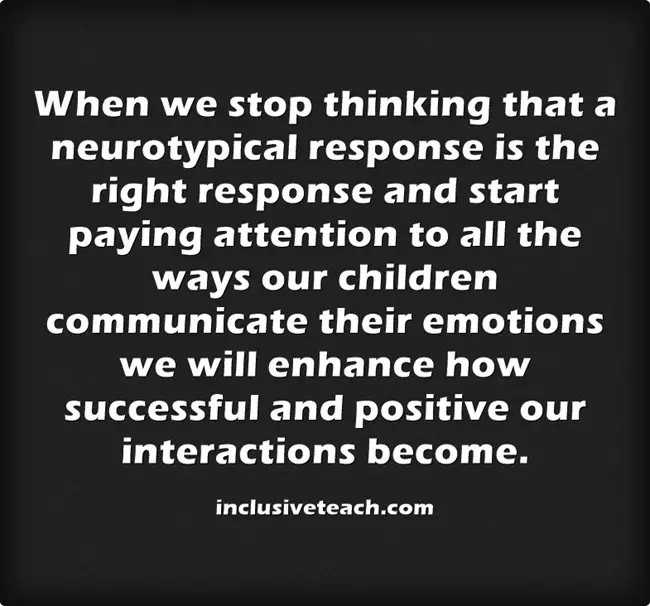
Some including some parents seem to almost intuitively know exactly the disposition of the child. This is because when we know someone well we gather information from a range of communicative manifestations. I know this also works the other way round. I have been lucky enough to work with many students with Autism. The level of perception some have displayed to the emotions of others is far greater than mine.
For those of you that are education technology fans you may have been looking with interest at the apple io11 update that allows users to create animojis that are emojis which mimic the users facial expressions. I am sure it will not be long before this is used to “teach” emotions. The IPhone X will be out of reach of school budgets but that facial overlay technology may prove usual to some people as the technology appears in more and more devices. Ios 11 will also allow users to record sound to match the facial expression, I can think of some uses to engage my learners.
When we stop thinking that a neurotypical response is the right response and start paying attention to all the ways our children communicate their emotions we will enhance how successful and positive our interactions become.
This once again reinforces the vital need to increase acceptance and awareness of Autism within the wider community.
References.
, , , & (2009). Facial encoding of children with high-function autism spectrum disorders. Focus on Autism and Other Developmental Disabilities, 24(4), 195–204.
Brewer, R., Biotti, F., Catmur, C., Press, C., Happé, F., Cook, R. and Bird, G. (2016), Can Neurotypical Individuals Read Autistic Facial Expressions? Atypical Production of Emotional Facial Expressions in Autism Spectrum Disorders. Autism Research, 9: 262–271. doi:10.1002/aur.1508
Farroni, Teresa et al. “The Perception of Facial Expressions in Newborns.” The European Journal of Developmental Psychology 4.1 (2007): 2–13. PMC. Web. 5 June 2016.

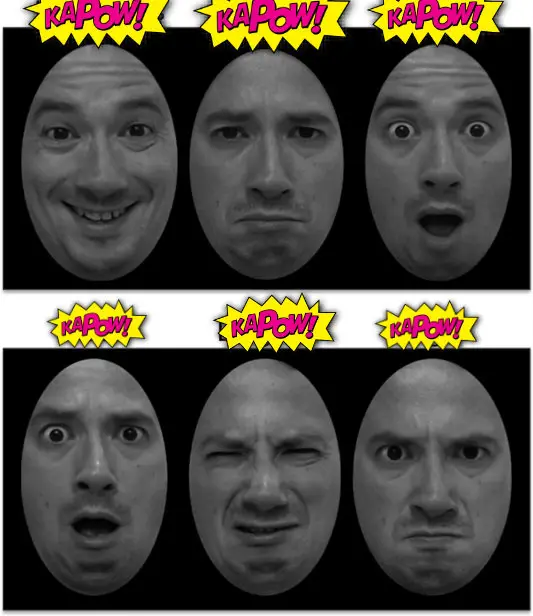
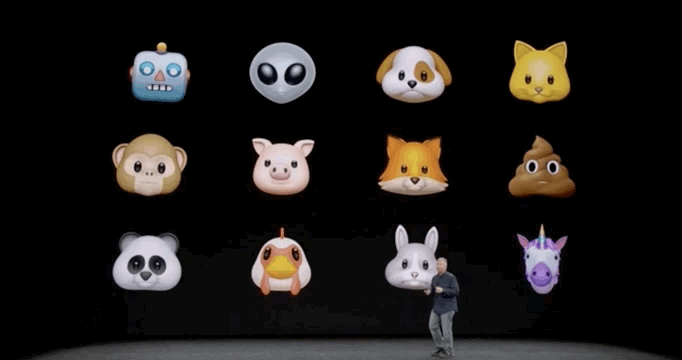
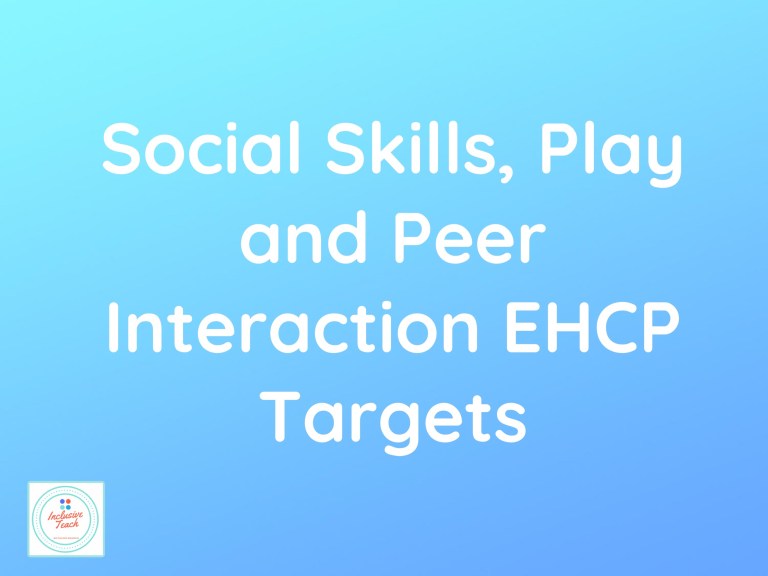

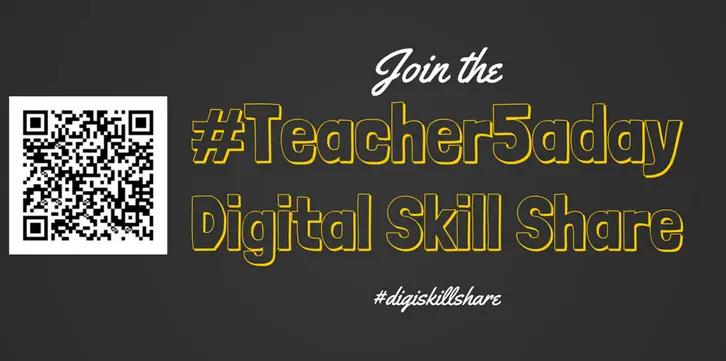
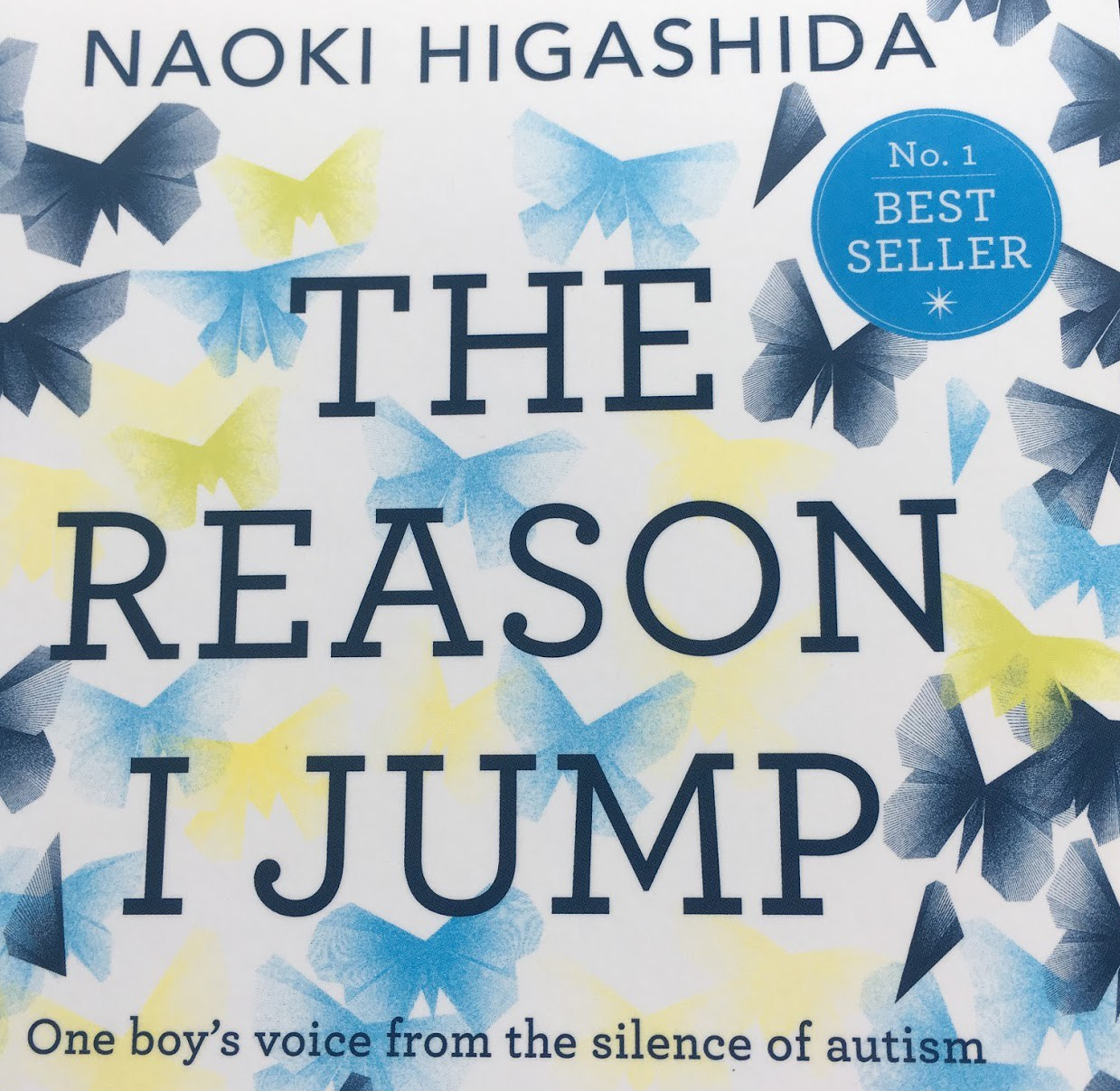
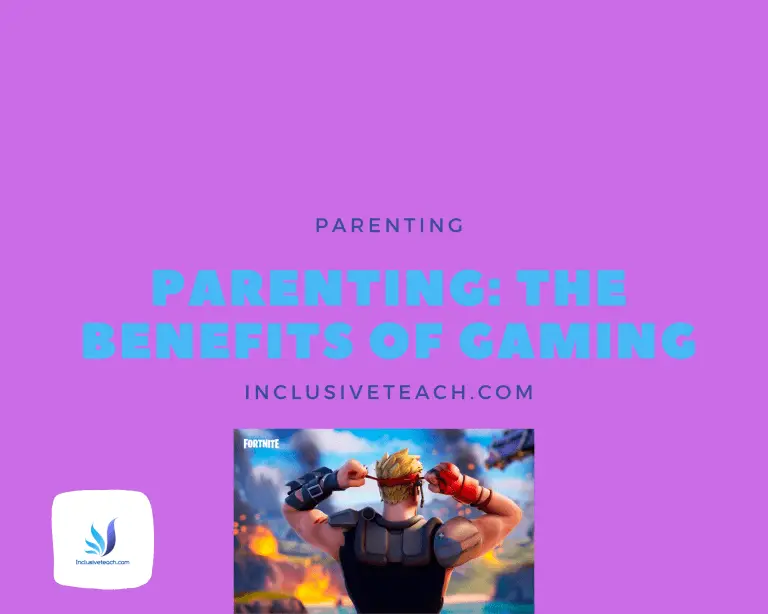
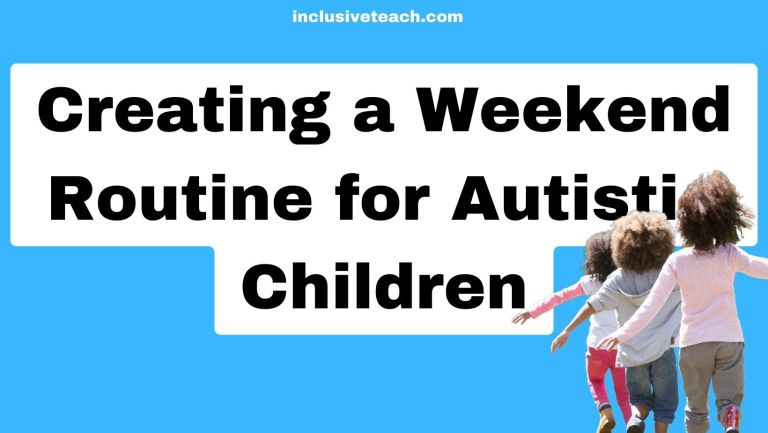
Fabulous piece, Joe. Have you heard of Peter Vermeulen’s work? He talks about how we confuse pupils by using ’emotion faces’ to teach emotions. How often do we see a face without a body attached in real life? The body helps give context.
He also talks about tears. Of course they CAN suggest sadness but also joy!
Context is everything.
Thanks for writing.